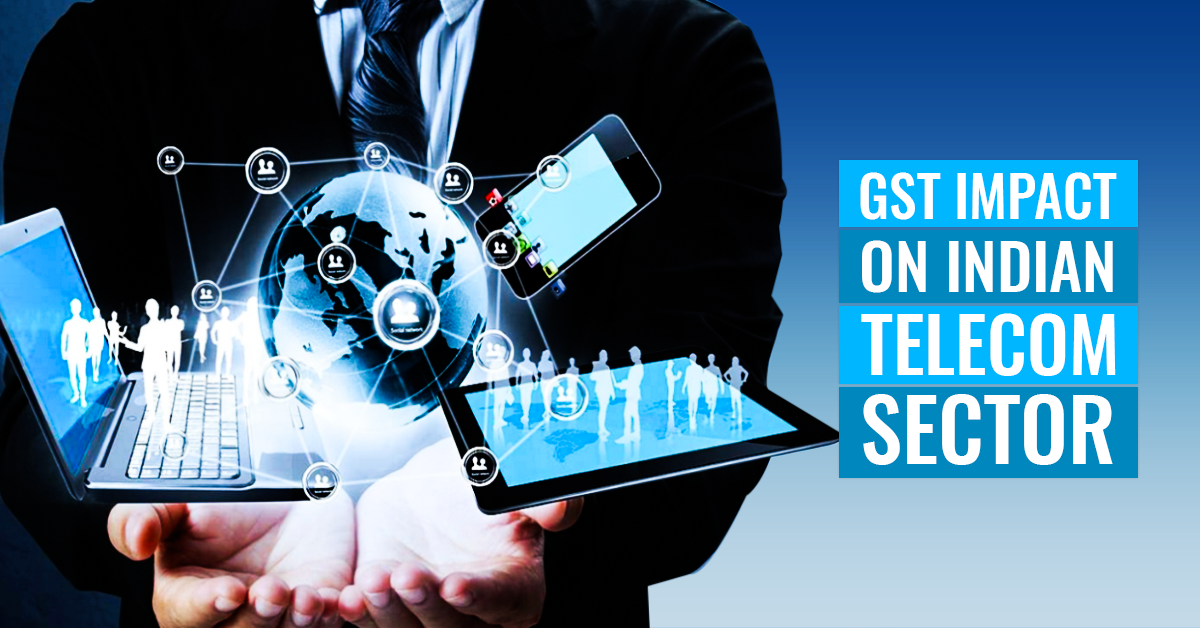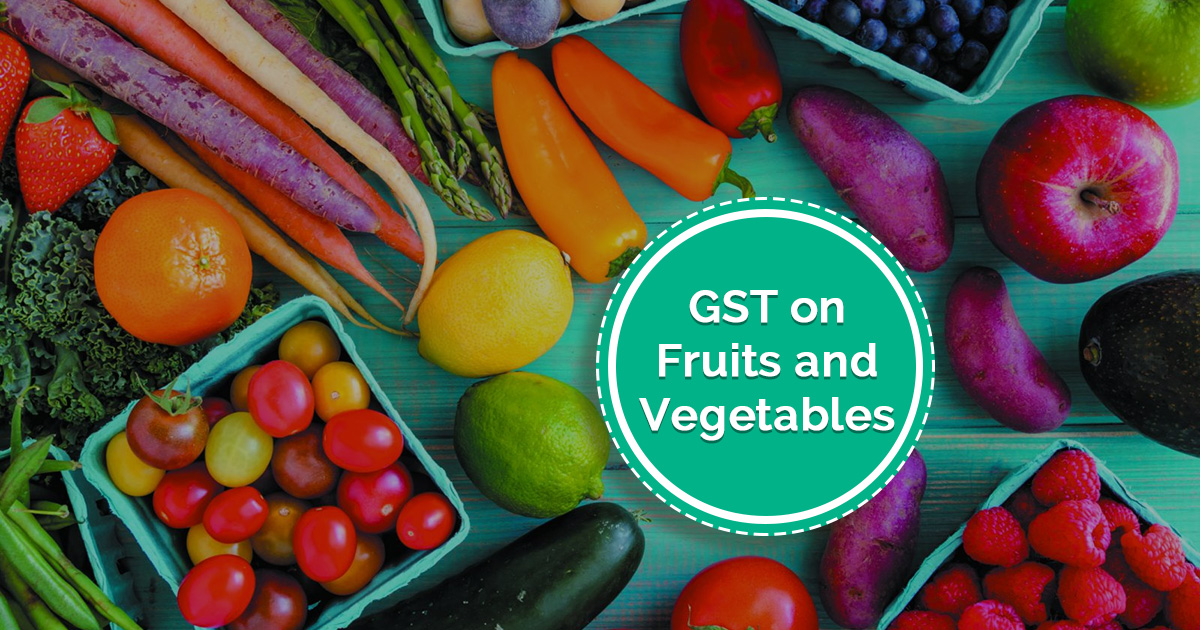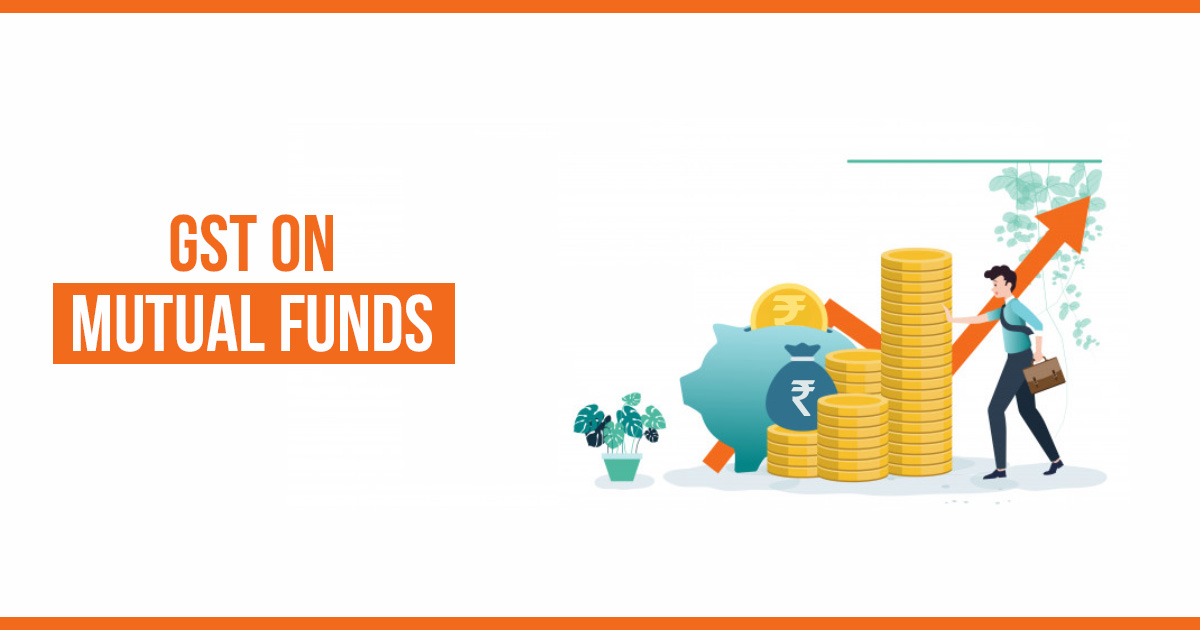Indian Telecom sector with its huge reach across the length and breadth of the country is the second largest in the world in terms of the total number of subscribers. Mobile data consumption in India surpassed the combined usage of the US and China in 2017. This was a paradigm shift in the history of telecom sector. The sector even jumped more than 100 spots to occupy first spot in daily data consumption throughout the world. These are great signs for the industry after a period of necessary consolidation forcing some major mergers and bailouts.
The last few years have witnessed growing losses, reduced revenue, debt pile, price war, and irrational spectrum costs causing hyper competition and stress in the industry. The great depth burden is accelerated by the tax levied on Telecom Operators; 30% of the revenue earned is paid as taxes.
This contributes significantly to the industry’s debt of Rs 7.7 lakh crore. Immediate reduction of tax rate would be a welcome move by the government. The Telecom industry in India is currently employing over 4 million people both directly and indirectly.
How will GST impact on the telecom sector? Let’s find out here.
GST Rate on Telecom Sector
The current standard rate of GST on the supply telecom services and products is 18 per cent.
As a part of the Budget exercise, DOT (Department of Telecom) had recommended to the Department of Revenue to reduce the standard GST rate for Telecom to 12%. In view of the increasing debt burden on telecom operators, Telecom Regulatory Authority of India (TRAI) suggested steps like relaxation in spectrum payout terms (16 installments instead of the current 10), reduction in spectrum usage charges (SUC) among others. A favorable condition would enable Telecom operators to provide quality and affordable services to consumers.
No Reduction in GST for Telecom Services
In the Union Budget 2018, the Finance Minister did not announce any changes to the existing GST rate for Telecom services. Some believe that the reduction in GST rate to 12% would have been a welcome boost to the hyper-competitive industry.
However, the Telecom Operators have their hopes pegged on a new telecom policy (NTP). The NTP Policy will be made public sooner than later by the Government. The policy keeping in mind the views of all the stakeholders including recommendations of Telecom Regulatory Authority of India (TRAI) aims to address critical issues and future opportunities like:
- Regulating and licensing frameworks impacting the sector
- Increased Quality of services and Connectivity for all
- Ease of doing business
- Absorption of new technologies including 5G and IoT
GST and Telecom : State Vs Private Revenue Models
The revenue model for GST TAX and the one followed by Telecom Operators are poles apart. This creates friction in filing GST returns and also hampers other important things. Some of them are..
- GST increases the debt burden on the operators. The pre-GST tax rate was 15%. Although the increase was only 3%, the entry of Reliance Jio with free data and free calling offers made survival difficult for other players.
- Telecom operators provide services area or circle wise. Generating a state-wise revenue will demand a lot of changes both physical and technical to the existing framework and infrastructure.
- GST increase compliances effort, audits telecom sector of the country is the second largest diesel consuming sector after railways. If petroleum products remain outside the GST bill then it will be very difficult for tower companies to set of their input liabilities.
- With petrol and diesel out of GST radar, Telecom operators cannot set their input liabilities. After railways, telecom sector takes the second spot in terms of diesel consumption in the entire country.
The above problems still remain even after more than six months of the new GST Tax regime. Expecting the Budget to address these issues was not practical on part of the telecom operators. The GST Council must be addressing these issues and surely will come up with a more acceptable solution for the Industry that is gasping on its knees.






